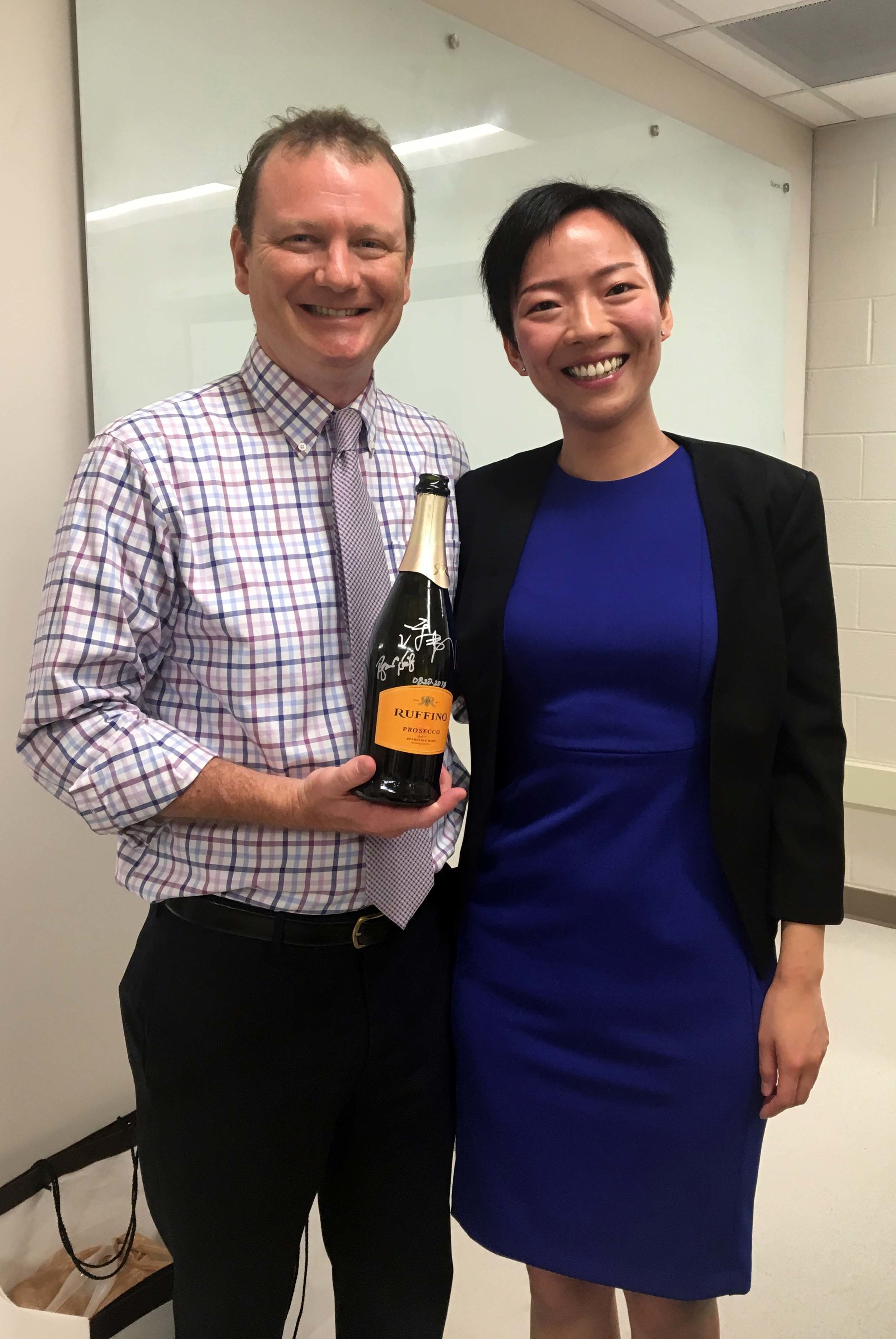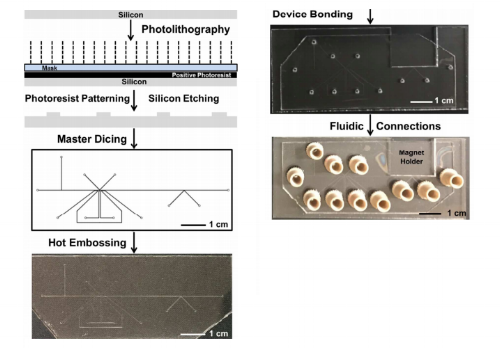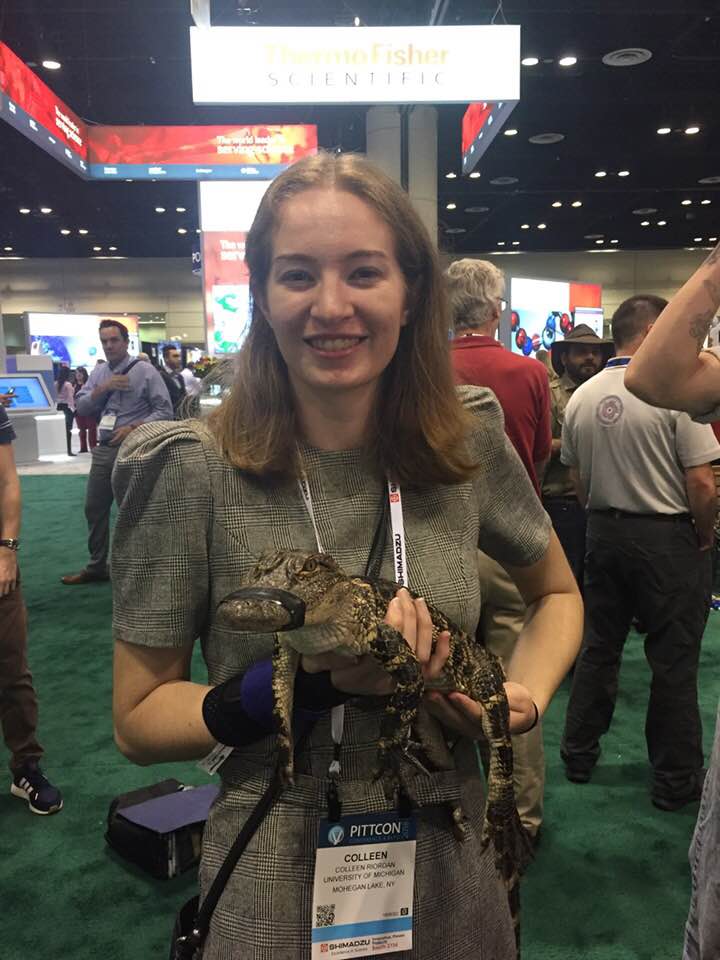Silicon Photonic Microring Resonator Arrays for Mass Concentration Detection of Polymers in Isocratic Separations
ABSTRACT
Molecular weight distribution (MWD) is often the most informative analytical parameter in polymer analysis with gel permeation chromatography (GPC) being the most common approach for determining the MWD for polymer samples. Many industrially relevant polymers lack chromogenic or fluorogenic signatures, precluding use of spectroscopy-based detection. Universal detectors, such as evaporative light scattering and charged aerosol detectors, are nonlinear, limiting quantitative polymer analysis. Differential refractive index (dRI) detectors show linear mass concentration sensitivity but are limited for some analyses given that they are incompatible with gradient-based separations, have limited dynamic range, and require extended thermal equilibration times. In this study, we investigated the utility of silicon photonic microring resonator arrays as a quantitative mass concentration detector for industrial polymer analysis. Microring resonators have optical properties that are sensitive to changes in refractive index, offer an extended dynamic range, broad solvent compatibility, and linear mass concentration detection for a range of molecular weights. Linear mass concentration detection for microrings was demonstrated through a series of isocratic GPC separations using narrow MWD polystyrene (PS) standards. This detection technology was then utilized in conjunction with GPC to analyze a series of broad MWD PS standards, with results in good agreement with dRI and UV. These results demonstrate the potential of the microring resonator platform as a detector for industrial polymer analysis.















